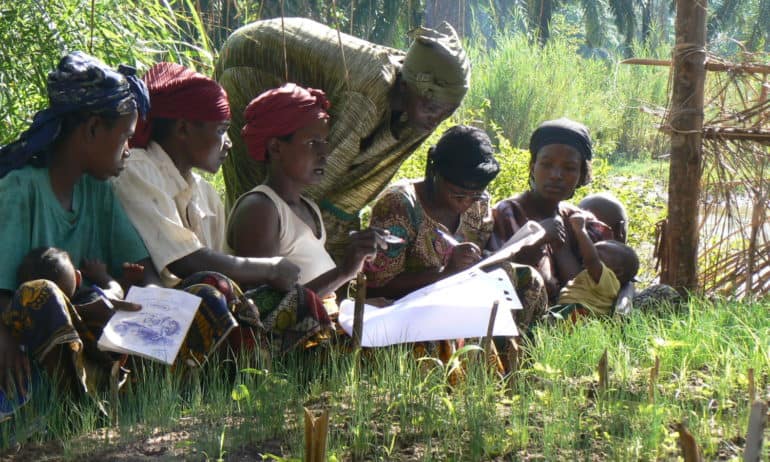Since World War II, the availability of food per capita in the world has increased by about 40 percent. Today, there is sufficient food in the world to adequately feed everyone.
The Green Revolution introduced in the late 1960s is mainly responsible for this. The Green Revolution was the right solution for the challenge of that time: to quickly increase food production and productivity based on an input-intensive agriculture. It worked. It saved hundreds of millions from hunger. But almost 50 years later, its limits have also become apparent.
First, because hunger still persists—about 815 million people in the world suffered from undernourishment in 2016 on a daily basis. This clearly shows that the hunger problem nowadays is not the lack of food, but accessibility to food. In addition, the world is already facing an epidemic of overweight and obesity. In 2016, more than 1.9 billion adults worldwide were overweight. Of those, more than 650 million were obese.
The second reason that the Green Revolution has reached its limits is because the increase in production and productivity has come at a high environmental cost. The widespread use of chemical fertilizers and pesticides has contributed to land degradation, water pollution, and biodiversity loss.
It is time to innovate again. This time, innovation means increasing the resilience and sustainability of our food systems, especially in the face of climate change. We need to put forward sustainable food systems that offer healthy, nutritious and accessible food for all, ecosystem services, and climate resilience.
The emerging field of agroecology can offer several contributions in this regard.
A tailored combination of both science and cultural wisdom, agroecology’s core elements comprise a strong emphasis on diversity, synergies, recycling, efficient use of resources, ecological and socio-economic resilience, the co-creation and sharing of knowledge, and the link between human values and sustainable livelihoods. It also includes the role of culture in food traditions and the important role that responsible governance mechanisms—covering issues ranging from tenure to the way that public subsidies are used—must play to support long-term investments in sustainability.
There are many concrete examples of the benefits of agroecology. In Trinidad and Tobago, where years of sugarcane farming led to degraded and acidic clay soils prone to compaction, family farmers used lemon grass mulch to cool the ground, impede erosion, and crowd out rival weeds that would need herbicides. This, along with a clever water recycling system, has turned even modest plots into prosperous and high-yielding fruit and vegetable operations.
In east China, farmers have engineered clever ecosystems, building elaborate networks of mulberry dikes and fish ponds to channel water and waste in a way benefiting all the phases of a circular agricultural system based for millennia on producing lucrative silkworms.
In recent years, the U.N. Food and Agriculture Organization (FAO) has been promoting and facilitating an international debate on the potential of agroecology.
The First International Symposium on Agroecology was held at FAO Headquarters in September 2014, and it was followed by a series of regional meetings in Latin America, Europe, Africa, and Asia. Governments, civil society, the private sector, academia, and research institutions have come together to share experiences and points of view regarding the benefits of agroecology as a new approach to make agriculture more sustainable and compatible with the 2030 development agenda.
FAO will now host the Second International Symposium on Agroecology, which will take place from April 3 to 5, 2018, also at the FAO headquarters in Rome. The aim of the Second International Symposium is to identify needs and problems that countries face in the adoption and implementation of agroecology, to evaluate the impact of dedicated public policies, and to identify the capacity-building needs of the relevant institutions.
Sustainability and innovation are key words. The future of agriculture and food systems are not input-intensive, but knowledge-intensive. This is a new paradigm.











